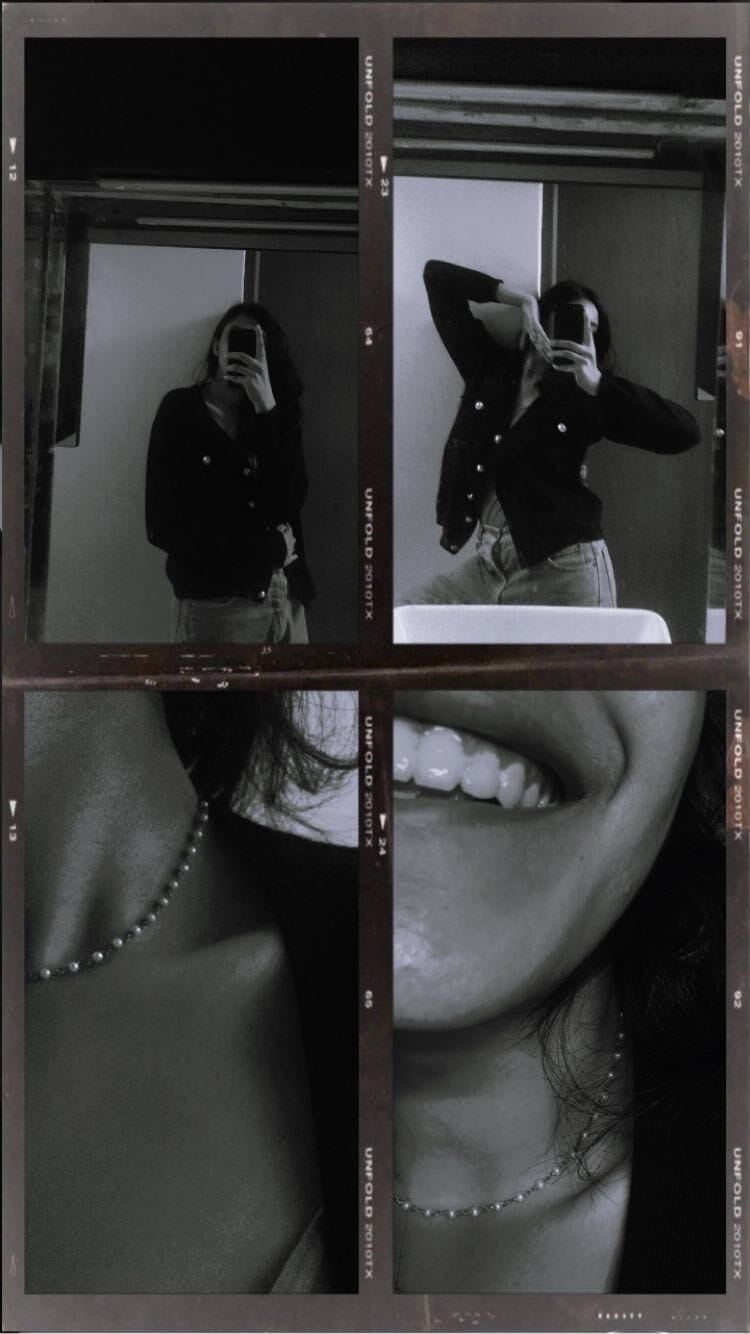Embracing Uniqueness: A Journey of Self-Acceptance and Healing
Written on
Chapter 1: The Reflection That Haunts
Looking in the mirror, a familiar question lingers: Who feels the most wretched of them all?

In the confines of a clothing store's changing room, surrounded by mirrors, I often found myself grappling with an uncomfortable thought: Aren't you embarrassed by what you see?
Transporting back to my childhood at seven, I recall the bullying I faced due to my prognathic jaw—essentially a misalignment that causes my lower jaw to protrude. The cruel nickname "bucket mouth" echoed in my mind, leaving me bewildered and confused.
What did this mean? Why was I singled out?
This confusion spiraled into a long struggle with self-hatred and an aversion to mirrors. My so-called "bucket mouth" became a cloud over my self-perception.
At fourteen, when someone expressed interest in me, he thought it clever to mention how beautiful I could be if my jaw were more "normal." That evening, I approached my mother, seeking reassurance, and her sardonic response was that all of us had our oddities.
It didn’t resonate with me at the time.
For over two decades, my sense of self-worth was overshadowed by my jaw's appearance. Each time I summoned the courage to confront my reflection, I found myself replaying the derogatory comments from classmates. I scrutinized every aspect of what I deemed a flaw.
Eventually, I reached a point where I realized that I needed to accept my differences and the spectacle they created. My jaw brought with it a host of challenges, including debilitating headaches and difficulty chewing, which posed a choking risk. Yet, the most harrowing aspect was the narrative I had constructed about myself. I had internalized the belief that I was unattractive, leading me to perceive myself as a mere object for judgment—something to look at but never to embrace.
Amidst the turmoil, a profound beauty emerged, forging a deeper bond with my mother that I hadn’t fully understood. Her unwavering support amidst her own struggles became a guiding light. She viewed my jaw not as a defect but as a distinctive part of my beauty, urging me to focus on health rather than appearance.
Her conviction transformed my perspective; I began to see my jaw not as a flaw but as a testament to my unique journey. The spectacle I thought existed was a fabrication of my own making. The self-pity that coursed through me had convinced me of my unhappiness. When I peeled away the layers of negativity I had wrapped myself in, I discovered a joyful "bucket mouth"—embracing every quirk and imperfection.
Recently, during a visit to my mother, I looked closely at my reflection and asked her once again if any part of me was abnormal.
You can guess her response.
I’m still coming to terms with it.
Chapter 2: The Journey to Acceptance
In this enlightening video titled "Spasticity after Spinal Cord Injury: The Good, The Bad and The Not-So-Ugly," viewers can explore the complexities of living with physical challenges and the journey toward acceptance.
The second video, "My gun is so ugly that I got reported," humorously addresses societal perceptions and the importance of embracing individuality.